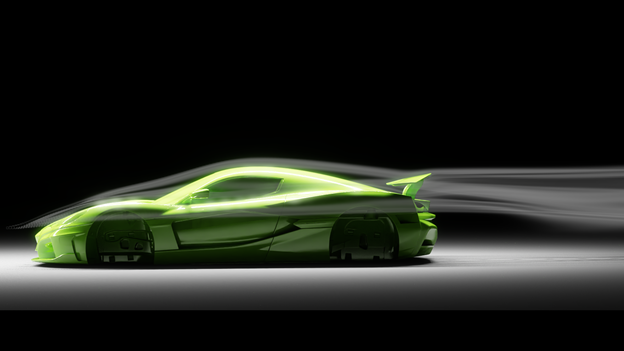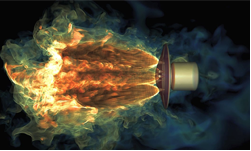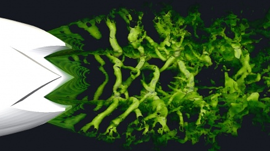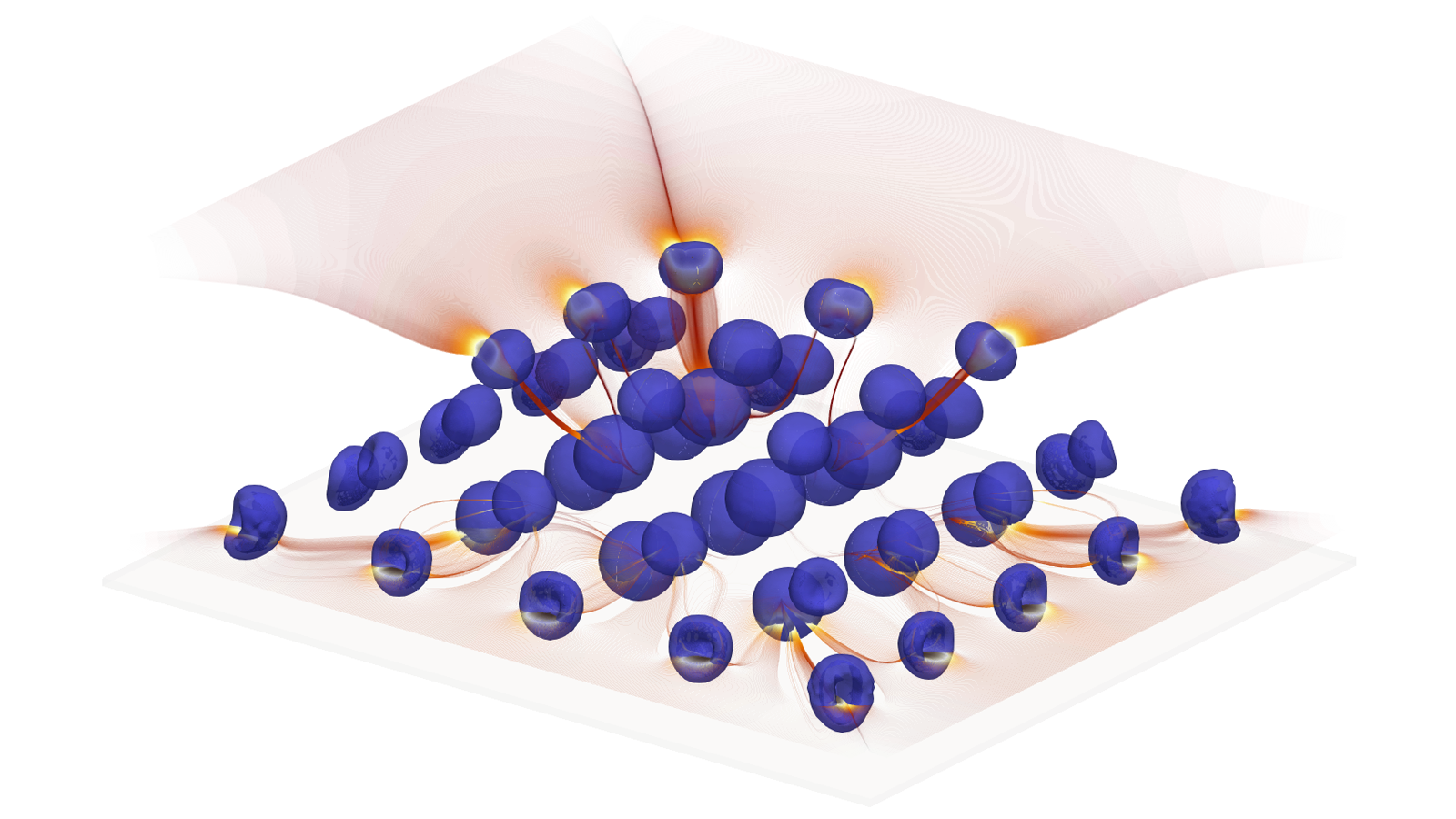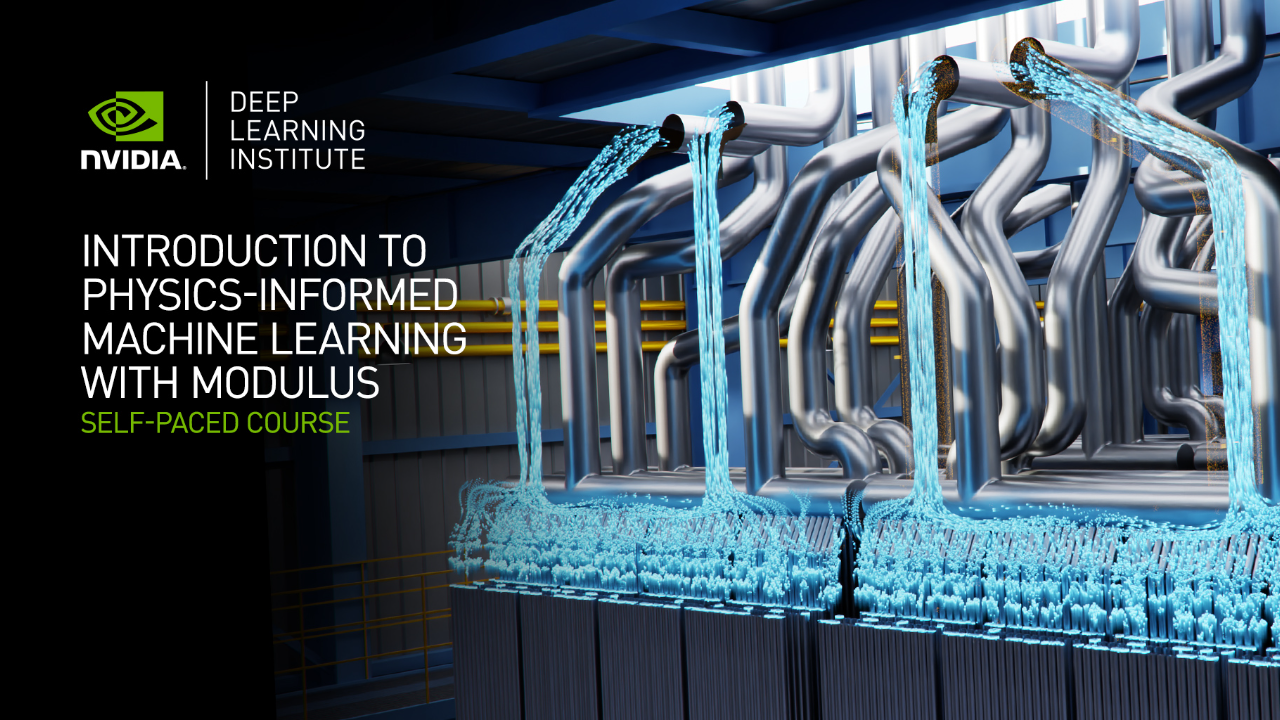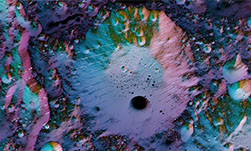The professional golfer can hit a golf ball at a speed of 120 to 134 mph, resulting in a spin rate of 2800 to 3500 revolutions per minute, and a distance over 200 yards. To get a better understanding of how the ball performs under different conditions, and to gather data for designing the next generation ball, researchers from Stanford University developed the first GPU-accelerated simulation of a golf ball in motion.
“The typical goal of a golf ball design is to maximize the range it can be driven in a straight line. This primarily leads to the desire to reduce its drag as much as possible, with secondary goals of minimizing variation in side forces to maintain straight-line flight, and of maximizing the lift force produced by backspin,” the researchers stated in their paper.
At the crux of golf ball designs are the small dimples around the ball. The small holes can affect control, stability, and velocity on longer shots. This has resulted in several patented designs from different ball manufacturers that claim superiority over one another. However, which one is better, is up for debate.
Using NVIDIA Tesla GPUs at the Xtream GPU computing cluster at Stanford, the team developed new visualization algorithms that can accurately predict the complex, turbulent flow fields around golf balls and other sports balls.
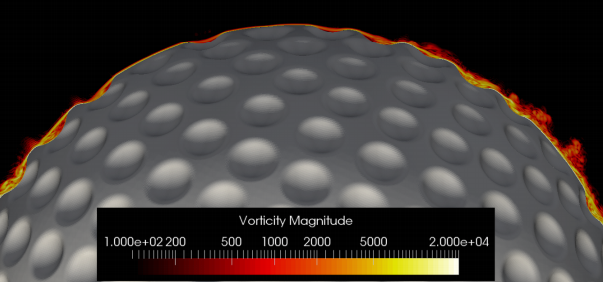
“In this work, the fluid dynamics of static and spinning golf balls were simulated using a high-order numerical scheme on overset grids. These are the first simulations High-Order computational fluid dynamics (CFD) of a Spinning Golf Ball of static and spinning golf balls using high–order numerical methods, and represent an advance in the state of the art in both scale-resolving CFD and overset grid calculations,” the researchers said.
Hockey pucks and bicycles can also be analyzed with the same approach. Beyond sports, the team says their method can also be applied to high-lift systems, turbo-machinery, and a variety of unmanned aerial vehicles.
“By comparing to a variety of previous experimental and computational studies, we have confidence that our present approach is able to accurately predict the complex, turbulent flow fields around golf balls and other sports balls,” the researchers said.
The work was recently published on ArXiv.
Read more>
GPU-Accelerated Cluster Helps Researchers Simulate the Spin of a Golf Ball
Oct 03, 2018
Discuss (0)

Related resources
- DLI course: Speed Up DataFrame Operations With RAPIDS cuDF
- GTC session: Demystify CUDA Debugging and Performance with Powerful Developer Tools
- GTC session: Warp: Advancing Simulation AI with Differentiable GPU Computing in Python
- GTC session: How to Accelerate Photorealistic Real Time Rendering
- NGC Containers: GAMESS
- SDK: CUDA MATH API
